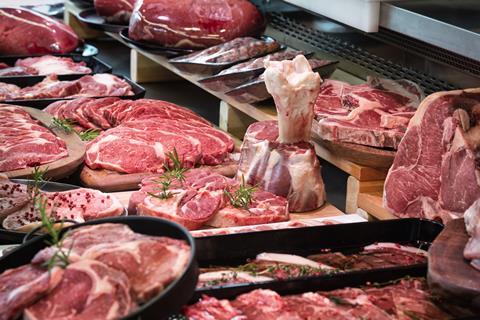
Red meat volume sales have slumped by almost a third in some cases, amid rampant inflation across the beef and lamb categories.
Analysis of Worldpanel data by AHDB shows last year’s resurgence in popularity for beef and lamb has ground to a halt, with total year on year retail sales volumes down 7.4% in the 12 weeks to 13 July.
Prices across the two categories have have been rising steadily since the turn of the year, following a significant tightening of supply, with beef on average 13% more expensive and lamb up 4.7%.
The biggest sales drop was for beef roasting joints, down 30% year on year, driven by an 11.6% rise in average spend.
Beef mince and steak volumes are also in steep decline, by 7.5% and 12.7% respectively, driven by 22% and 23.2% price hikes.
“Consumers typically respond to price increases by reducing the amount and frequency at which they purchase beef, swapping to cheaper cuts, stores and proteins and even turning away from beef altogether,” said Emma Wantling, retail insight manager at AHDB.
This was echoed by Tony Goodger, head of marketing and communications at AIMS, who said: “The high prices for beef and lamb have resulted in consumers either taking the decision to buy less and make it go further by bulking family meals with other cheaper dish components or simply switching away from beef and lamb and going to pork and chicken, both of which have retained more consistent price points”.
He added consumers were shifting to more “quick cook dishes that are not centred on meat”.
Lamb was similarly affected by inflationary pressures, with roasting joint volumes falling by 19.2% year on year followed by primary lamb cuts at 17.7%. Meanwhile, added value lamb saw a 16.9% decrease in volumes.
Perception issues
Alongside rising prices, Goodger also raised concerns of a wider issue with consumer perception. “The continuous finger pointing at agri-businesses being the root of environmental problems is possibly starting to have some cut-through,” he said.
He added that as most meat was sold under own label, supermarkets need to “work more closely with their suppliers on delivering positive messages around the meat and poultry that they sell”.
BMPA CEO Nick Allen agreed the slump was “a symptom of a much longer-term and structural problem in the UK’s food supply chain” and said the long-term outlook from AHDB showed a “concerning picture of reducing supply, increasing demand and a resultant erosion of our national food security”.
“This trend is already underway and is manifesting in UK processors paying the highest-ever farmgate prices (some of the highest in the world),” said Allen. He called on the government to produce policy that supported and encouraged production.
“Sadly, government policy and changes to direct payments seem to be accelerating the decline and forcing farmers out of food production or even out of farming altogether.”


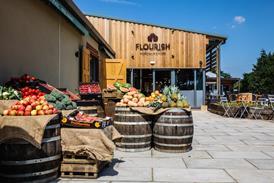
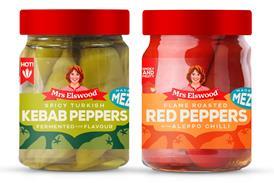

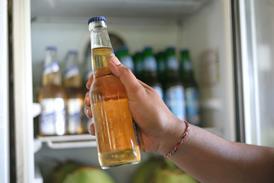

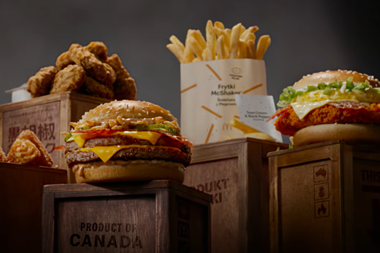


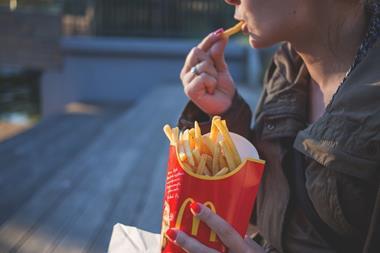

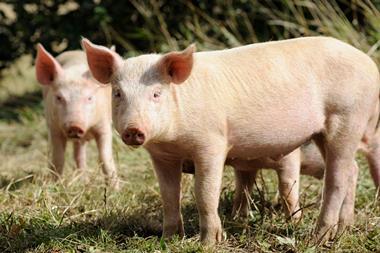
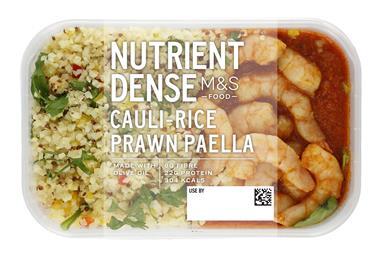





No comments yet